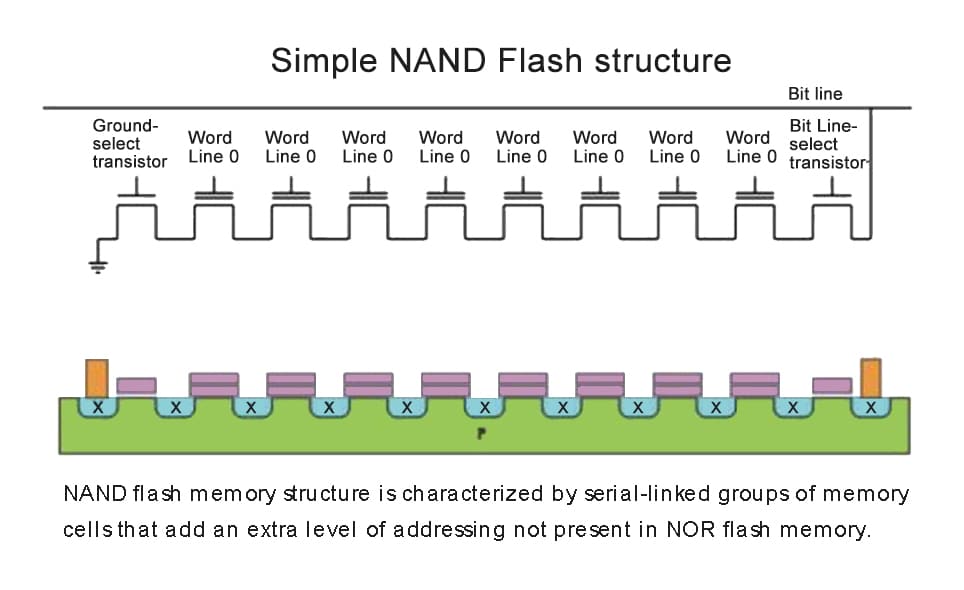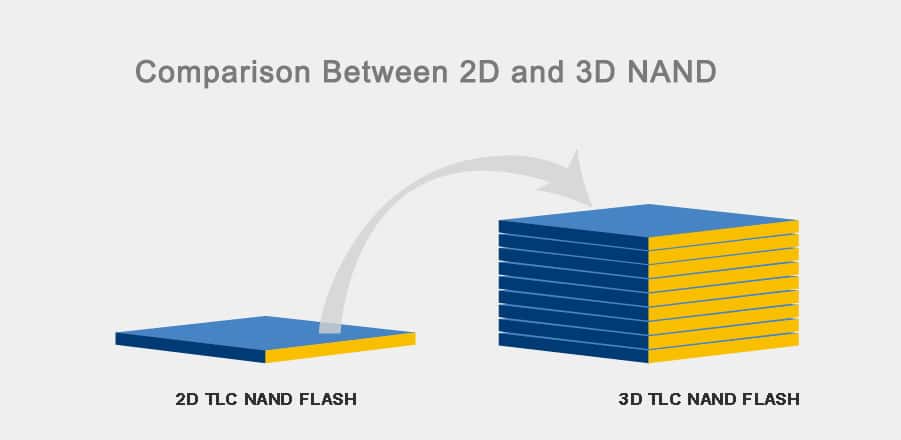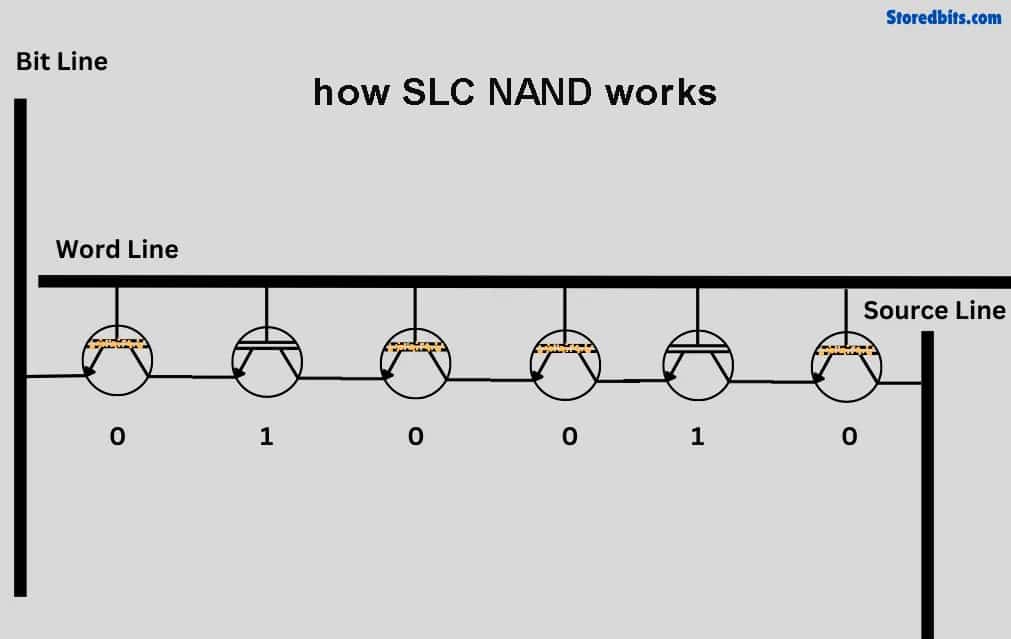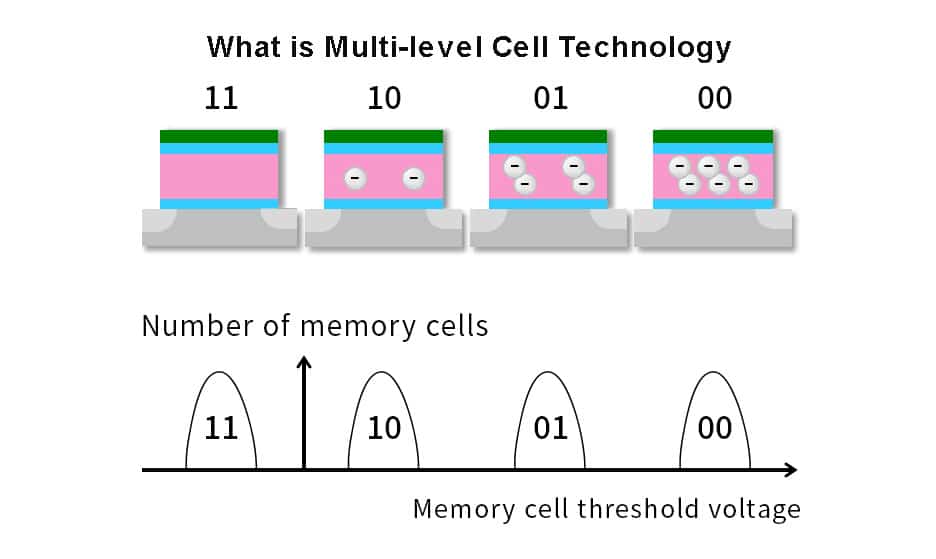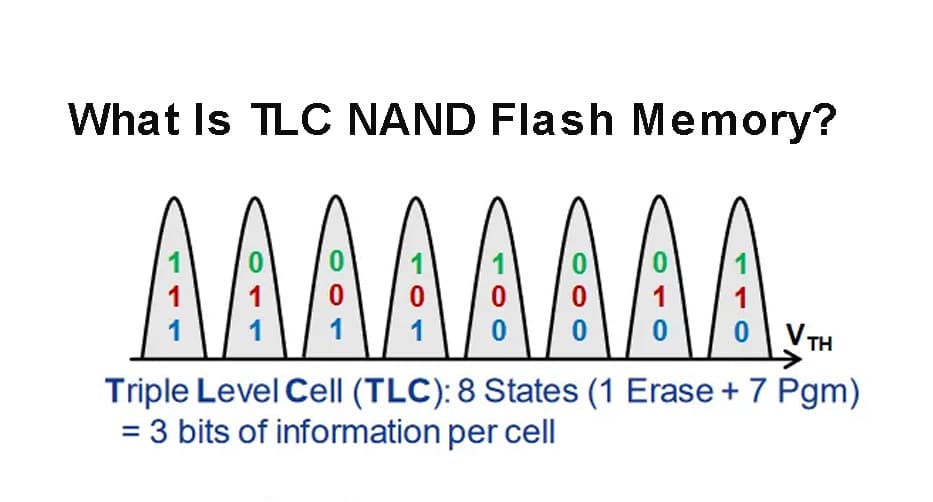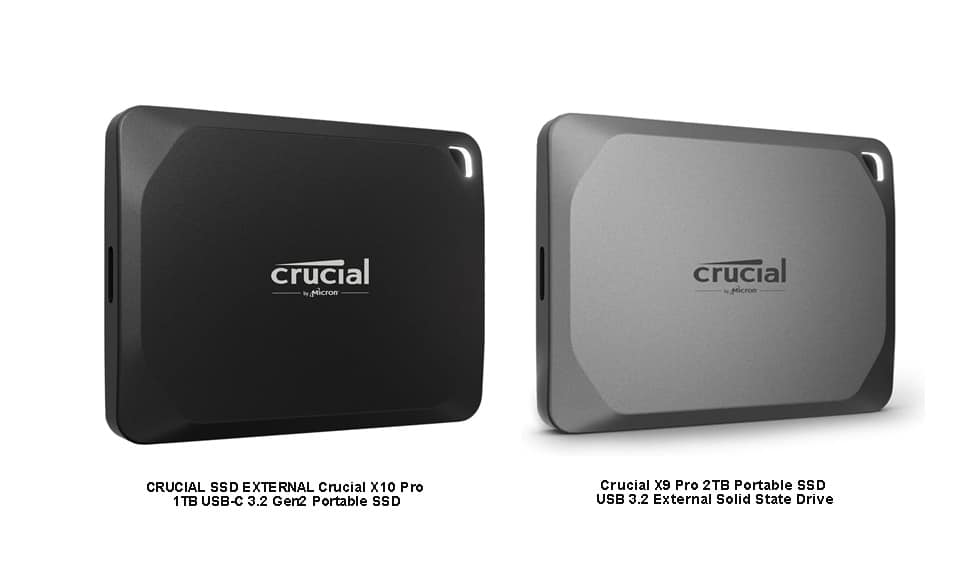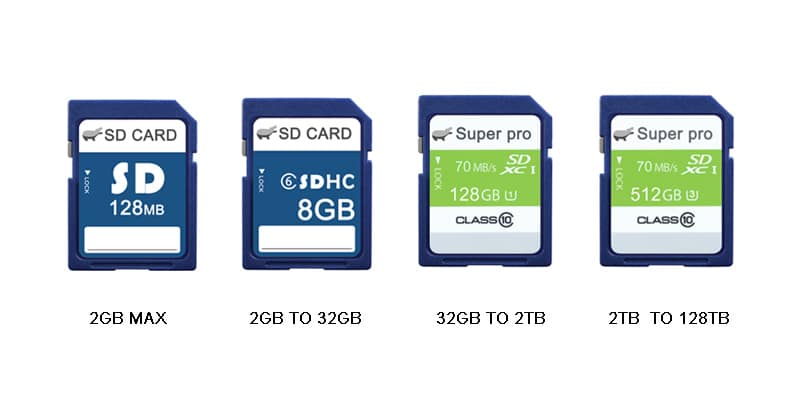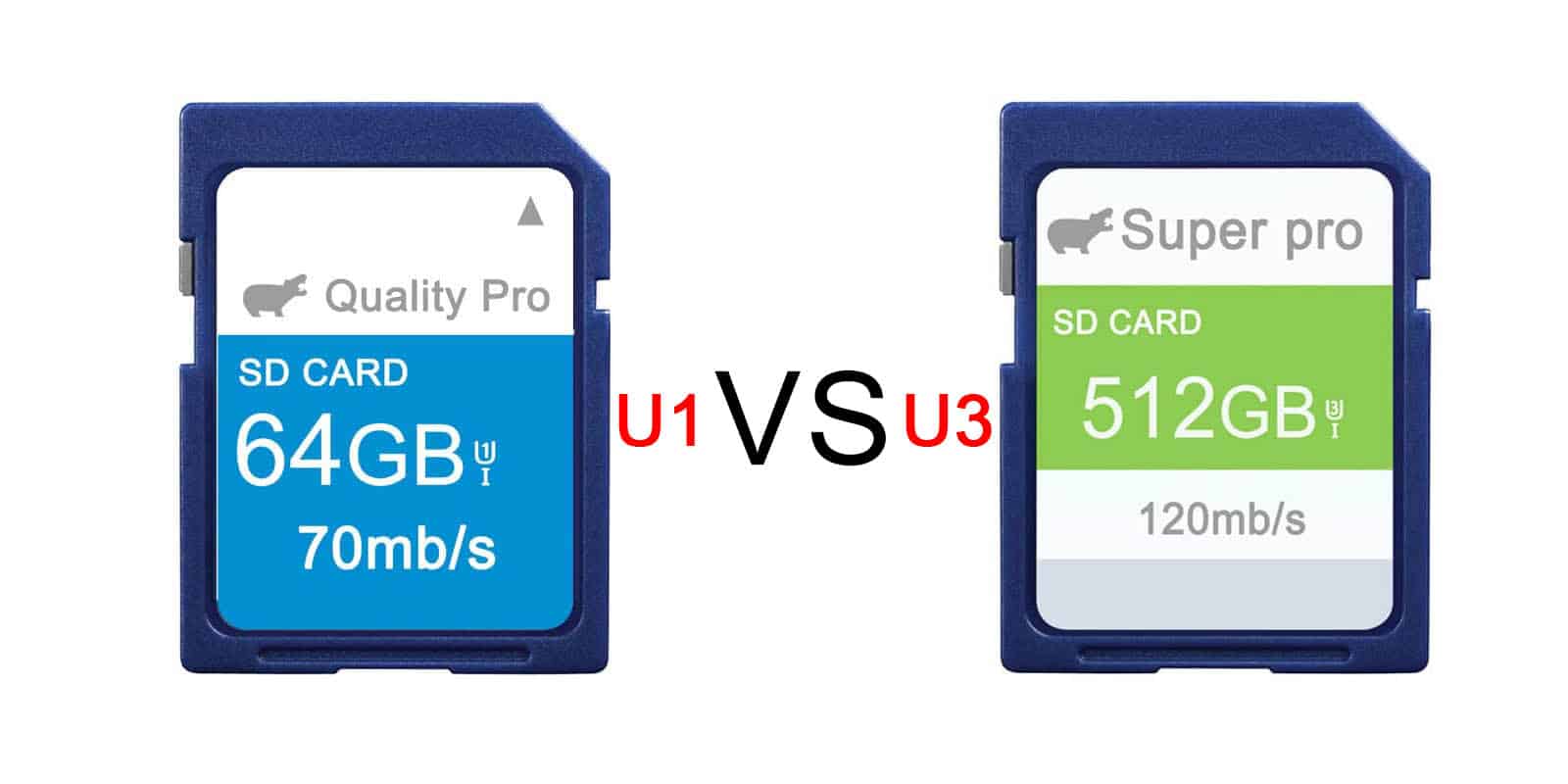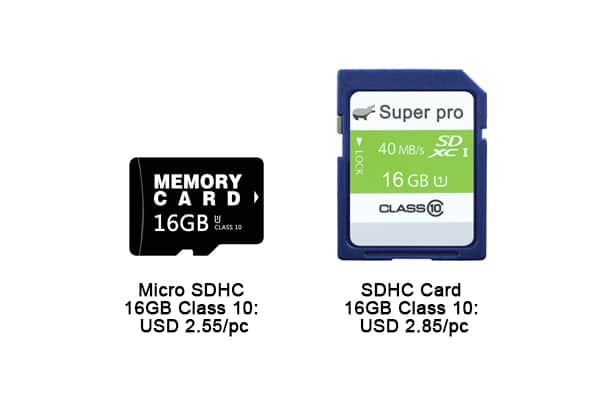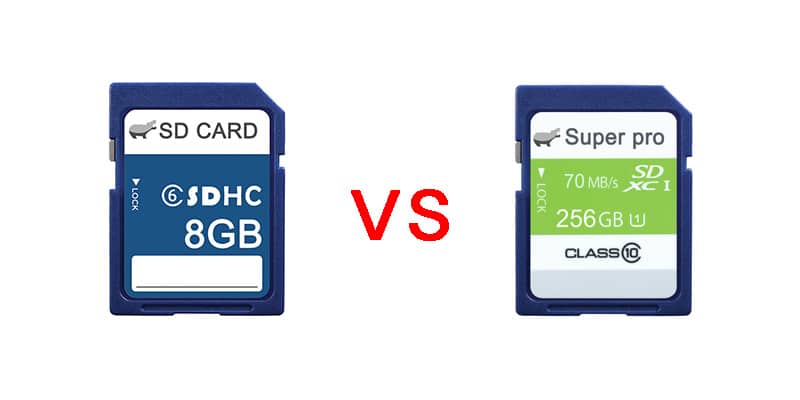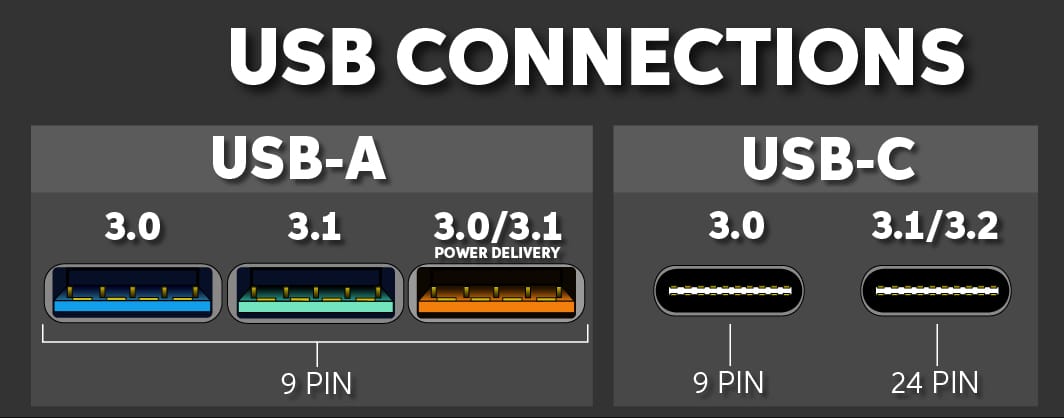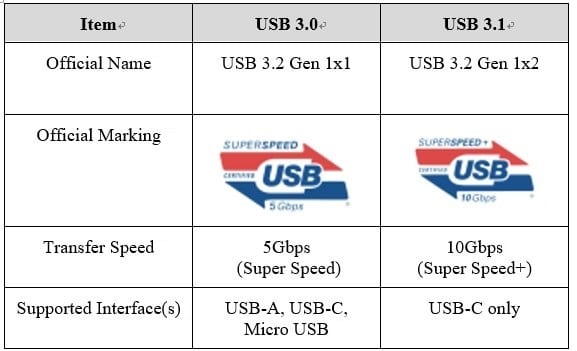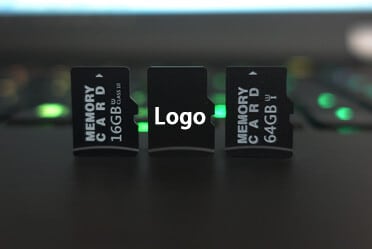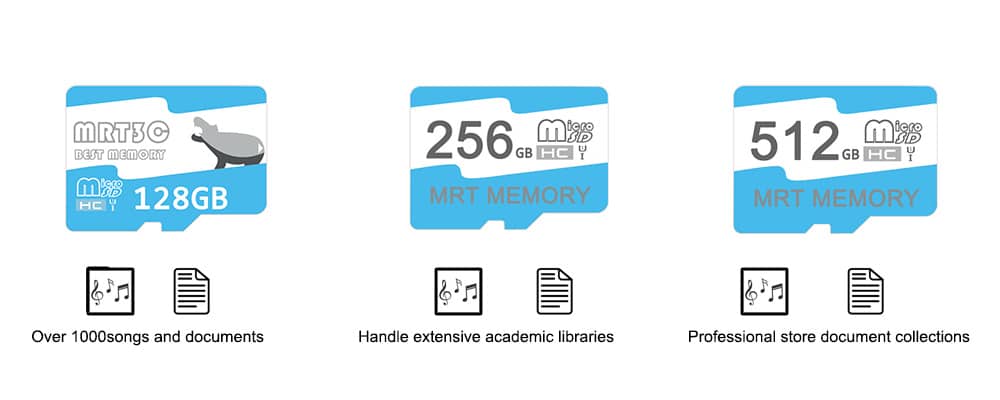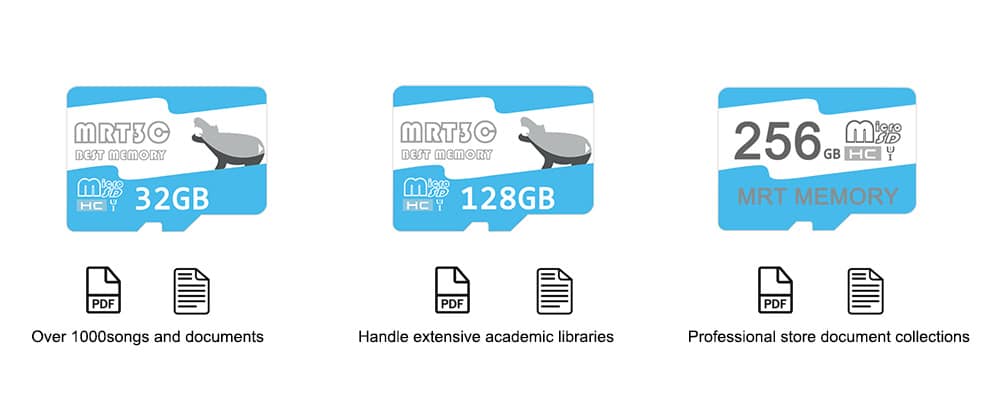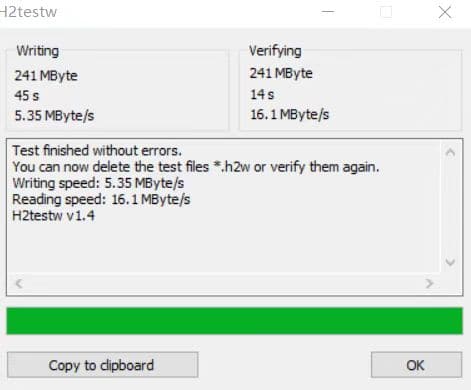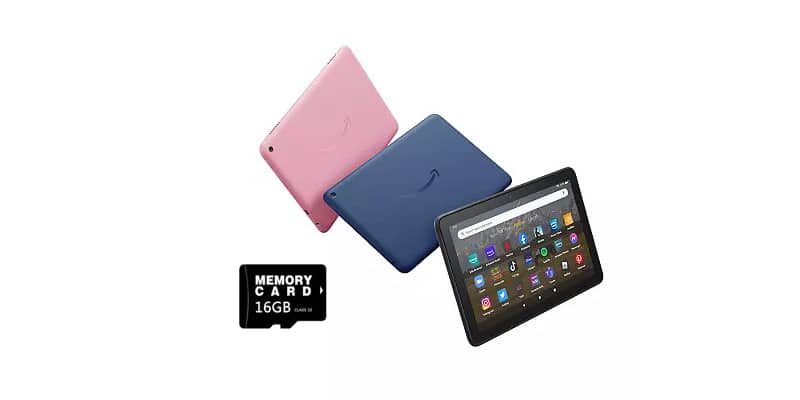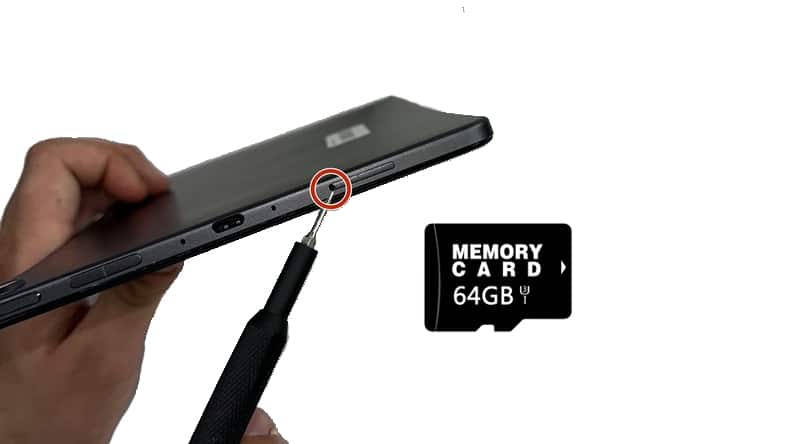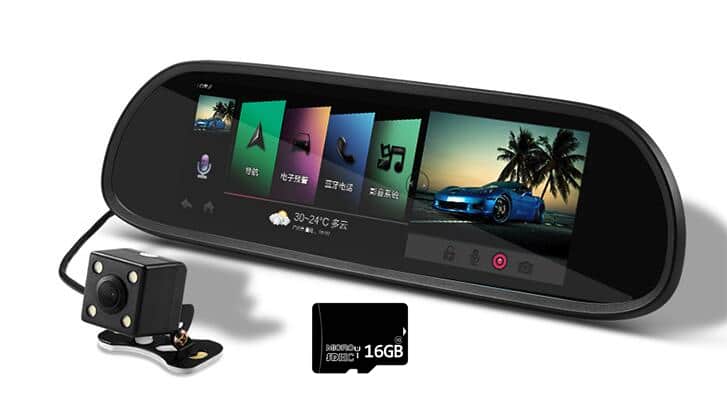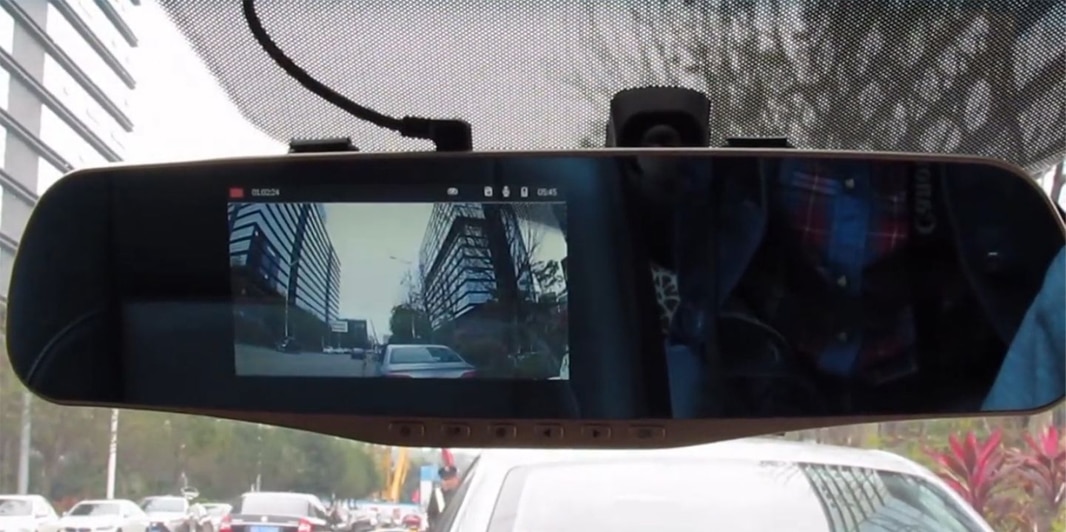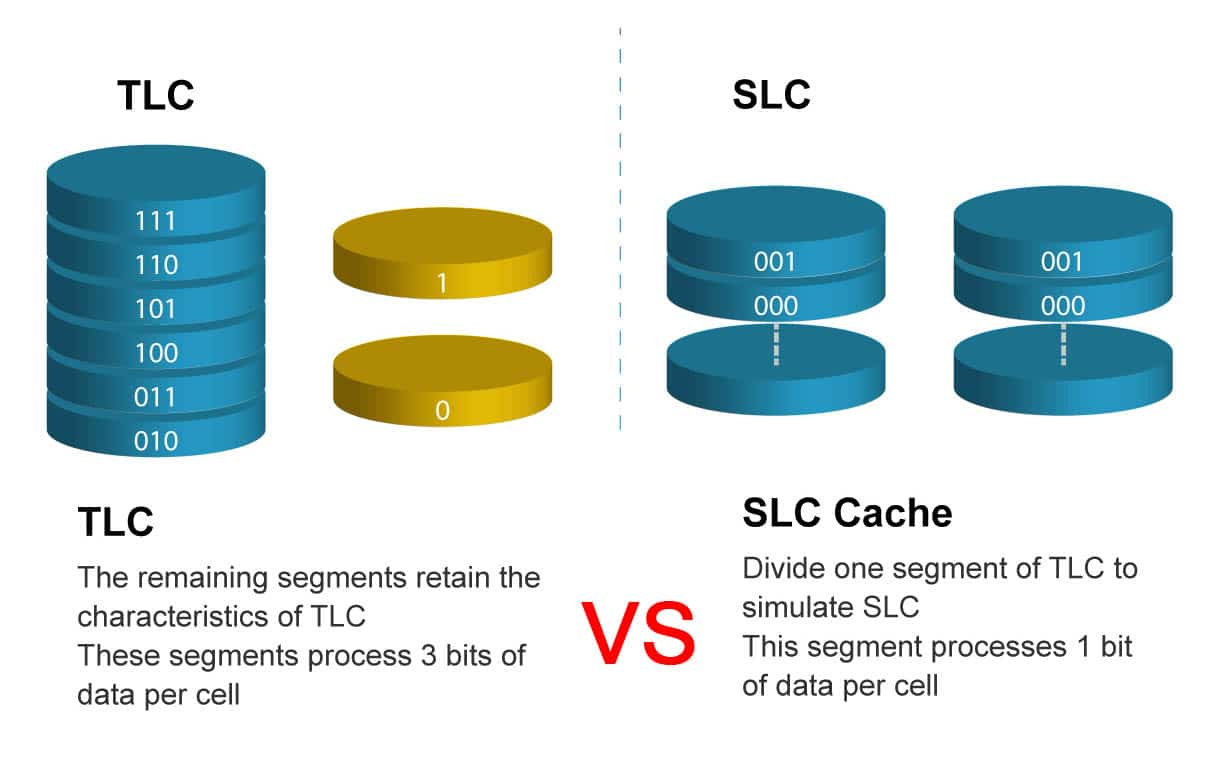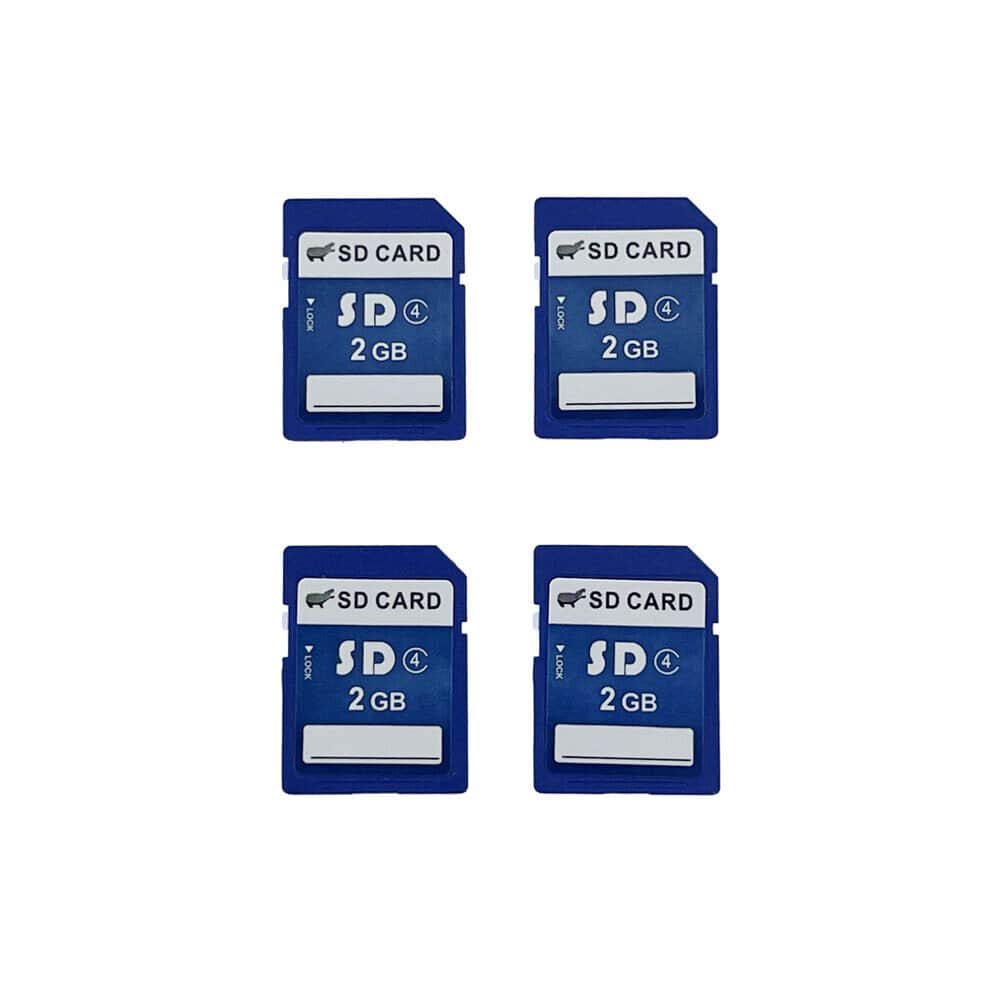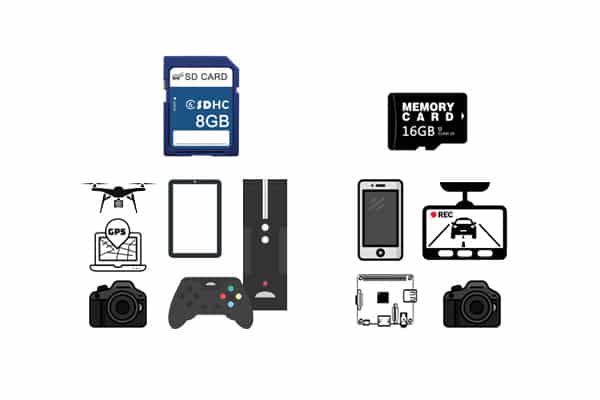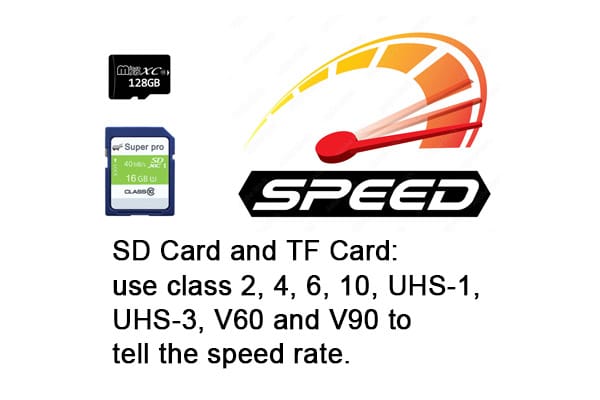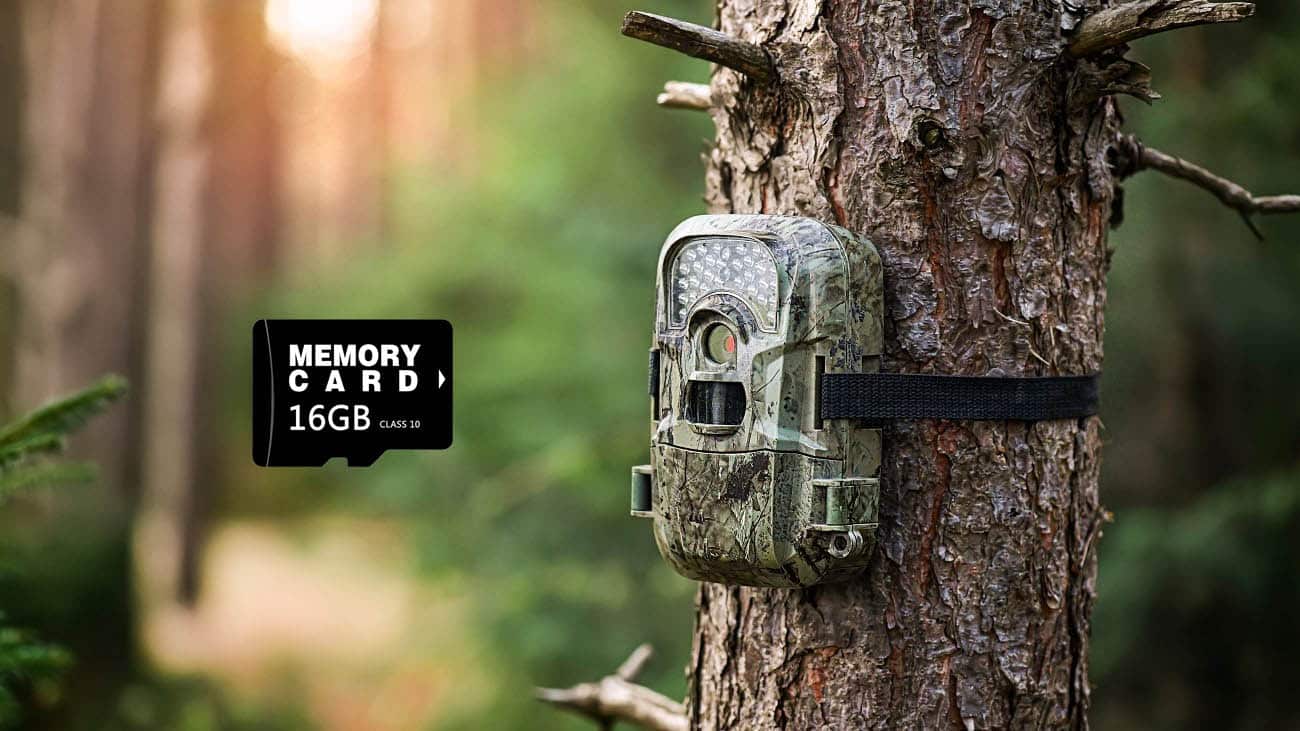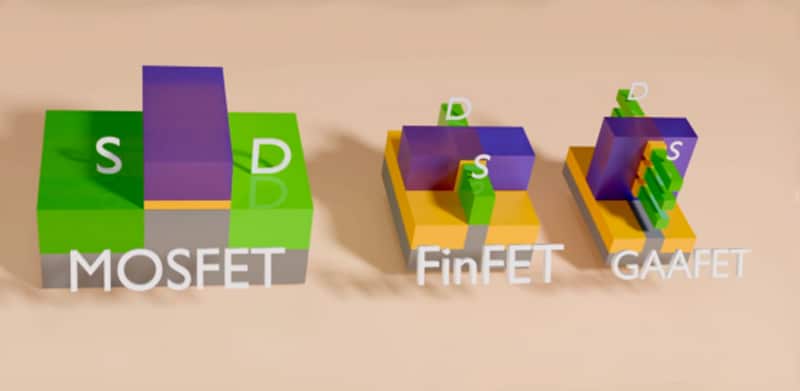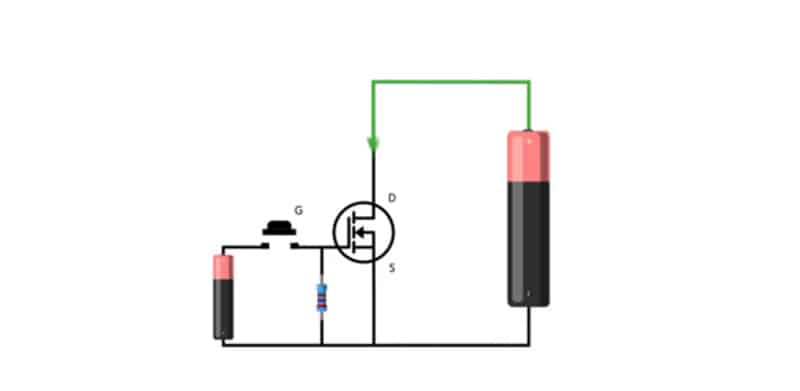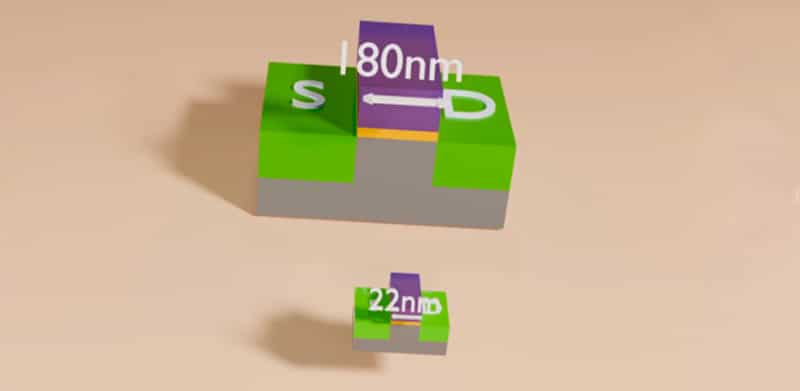How to Identify Fake SD Cards?
Fake SD cards can cause problems when you lose important data. Research shows that nearly all SD cards from unauthorized sellers are counterfeit.
Verifying your purchase is key before you store anything valuable. Testing your card is simple. A visual inspection and running an SD card speed test can quickly tell if the SD card is real.
This guide shows you how to spot fake SD cards and ensure you get full value. You’ll also learn about brand-specific authentication features and the right tools to test your card across devices.
Signs of Fake SD Cards
How to Tell if an SD Card is Fake: Visual Inspection
Authentic cards meet high-quality standards. Look for these warning signs:
- Misaligned or uneven labels
- Fuzzy printing or unclear text
- Rough edges or peeling labels
- Missing or mismatched serial numbers
- Samsung cards with black instead of white edges
- Lot codes that resemble the logo font
Suspicious Pricing
A 1TB microSD card should cost about $200. Fake cards, however, are often sold for $15–$40. Legitimate sellers offer consistent pricing. A card priced much lower from an unfamiliar seller is likely fake.
Packaging Errors
Packaging inconsistencies are another giveaway. Inspect these areas:
- Capacity labels: SDXC should appear on cards 64GB or larger
- Matching specs and labels
- Warranty information that’s genuine
- Proper UPC/EAN codes
- Accurate manufacturer details
Counterfeit cards might display “Class 10” on the box but “(6)” on the card. Real Samsung packaging always shows the card’s capacity, which is often missing on fakes.
Functionality Concerns
Fake cards can seem fine at first but fail once their real, lower capacity is reached. They use altered chips that falsely show higher storage, risking your data.
Brand-Specific Authentication
SanDisk Verification Features
SanDisk cards are often targeted by counterfeiters. Spot the real ones from the fake Sandisk SD cards with these tips:
- Heat-sealed packaging with precise edge indentations
- Embossed SanDisk logo above the printed one
- Serial number beneath the capacity marking
- Smooth gradient coloring in the “ULTRA” text
- Genuine seals use transparent PP film with visible tiny dots
The warranty doesn’t cover bulk-packaged cards. Contact SanDisk support to confirm authenticity with the serial number.
Samsung Authentication Points
Samsung makes verification easy:
- Download the Samsung Card-UFD Authentication Utility from their official site.
- Only cards with a “V mark” can be validated.
- Format your card before starting the process.
- The utility checks your card in seconds.
You can also inspect physical details. Genuine cards have white edges and crisp text, unlike fake ones, which often have black edges or blurry printing.
Other Brands’ Verification Steps
For all brands, keep these tips in mind:
- Packaging should be intact with clear product details and certifications.
- Avoid bulk packs, as they lack warranties.
- Always buy from trusted sellers to reduce the risk of counterfeit products.
Testing Methods and Tools
Visual checks alone aren’t enough to confirm your SD card’s authenticity. You need tools to verify both storage capacity and speed across devices.
Windows Testing Options
- H2testw: This trusted tool writes and reads test data to confirm your card’s functionality and to test SD card capacity.
- FakeFlashTest: Checks capacity quickly but erases all data during testing.
- ChipGenius: Reads data directly from the memory chip without deleting anything. It reveals your card’s actual manufacturer and capacity.

Mac/Linux Tools
- F3 (Fight Flash Fraud): For Mac and Linux users, install via Terminal with brew install f3. Use f3 write to test write speeds and f3 read to verify data accuracy. It highlights corrupted sectors.
- Linux disk utilities: These built-in tools can run basic health checks.
Fake SD Card Test Android
- SD Insight: This Android app provides quick authenticity checks by displaying manufacturer details and specifications. However, compatibility may vary with Android 7.0 and later.
- Speed test apps: Let you verify read and write speeds directly on your phone. These results ensure the card’s performance matches its printed specifications.
Common Red Flags Across Platforms
- Slower speeds than advertised
- Errors during writing operations
- Problems with formatting
- Mismatched capacity readings
Thorough testing takes time, especially for larger-capacity cards. Always run multiple tests for a complete analysis.
Performance Analysis
Testing your SD card reveals its true capabilities. Here’s how to evaluate its performance:
Read/Write Speed Verification
Check your card’s speed using a large file (e.g., a 1–2 GB video) to get reliable results. If your card claims 95 MB/s read and 90 MB/s write speeds, it should perform near those numbers. If it only reaches 5–10 MB/s, it’s likely counterfeit.
Steps for Accurate Testing:
- Use a high-speed card reader.
- Copy a large file to the card to measure write speed.
- Transfer it back to check the read speed.
- Watch for speed inconsistencies.
Speed Class Reference Table
|
Class |
Minimum Write Speed |
| Class 2 | 2 MB/s |
| Class 4 | 4 MB/s |
| Class 10 | 10 MB/s |
| UHS-I | Up to 104 MB/s |
Capacity Validation Tests
- H2testw: Writes data across the entire card to verify its actual capacity. A failed test might show messages like “1.9 GB OK, 29.3 GB DATA LOST.”
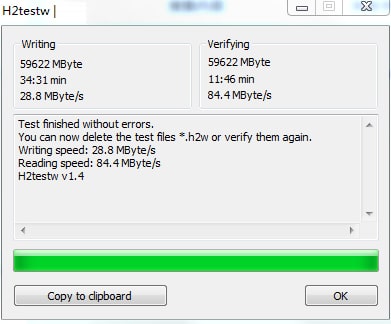
Steps to Follow:
- Format the card before testing.
- Perform a full write-and-verify cycle.
- Look for any data corruption or capacity mismatches.
Reliability Assessments
SD card reliability can decline over time. Signs of performance issues include:
- Slower transfer speeds
- Sudden data corruption
- Formatting errors
- Capacity mismatches
Consumer Protection
If you buy a fake SD card, here’s a glimpse of what you need to know:
Legal Rights Overview
Selling counterfeit goods is illegal. While buying fake products for personal use doesn’t lead to penalties in the U.S., sellers can face fines of up to $2 million for the first offense. The SD-3C consortium works with customs agencies worldwide to stop fake products.
Refund Procedures
Follow these steps to recover your money if the card is counterfeit:
- Take screenshots and record test results.
- Contact the seller with evidence.
- If purchased through eBay, open a case within the protection window.
- For credit card payments, initiate a chargeback.
- Don’t return the card until you receive your refund.
Reporting Counterfeit Sellers
Report counterfeit products to:
- The brand manufacturer (e.g., SanDisk: 800-275-4932 for U.S./Canada)
- The National Intellectual Property Rights Coordination Center
- Fraud departments on e-commerce platforms
- Consumer protection agencies in your country
When reporting, include:
- Seller’s full address (from the shipping label)
- Transaction details
- Photos of the product and packaging
Platform-Specific Protection
Amazon and eBay have dedicated procedures for handling counterfeit products. For example, eBay issues alerts after one counterfeit report.
Conclusion
Protecting your data starts with identifying fake SD cards. Look for physical inconsistencies, test performance, and use trusted tools for verification. Authentic SD cards are reliable and fairly priced. Tools like H2testw can quickly confirm authenticity.If you suspect fraud, take action immediately: gather evidence, contact the seller, and report the counterfeit. Always buy from authorized sellers to ensure the quality and security of your SD card.

